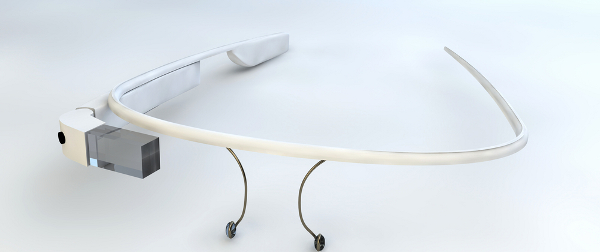
Augmented Reality (AR) is a mature technology ready for organisations to use as a tool to enhance business processes, workflows and employee training, according to analyst firm Gartner.
"Augmented reality is the real-time use of information in the form of text, graphics, audio and other virtual enhancements integrated with real-world objects," said Tuong Huy Nguyen, principal research analyst at Gartner.
AR services use various device sensors to identify the users’ surroundings. Current implementations generally fall into one of two categories – location-based or computer vision.
Location-based offerings use a device’s motion sensors to provide information based on a user’s location. Computer-vision-based services use facial, object and motion tracking algorithms to identify images and objects. For example, being able to identify a shoe among numerous objects on a table, Google Goggles (imaged-based search), or optical character recognition (OCR).
"AR leverages and optimises the use of other technologies such as mobility, location, 3D content management and imaging and recognition. It is especially useful in the mobile environment because it enhances the user’s senses via digital instruments to allow faster responses or decision-making."
In the workplace, AR could be particularly useful for discovering things in the vicinity – for example, enclosed objects generating heat, showing a user where to go or what to do – for example, helping a worker make a repair in a hazardous environment where visibility is low, and providing additional information about an object of interest – for example, distance, size or level of danger.
The business potential for AR has increased through improvements in location services and image recognition. The precision of indoor location services has increased significantly, and this greater accuracy allows businesses to use AR location features for vehicle, campus and in-building navigation and identification.
Image recognition capabilities in AR solutions allow user organisations to use these AR capabilities in processes that require staff to visually identify objects and parts and for real-time decision making. For example, fire-fighters can use AR to find out ambient temperature or a building layout so they know exits, and potentially dangerous areas. These technologies together provide various benefits to using AR as an internal tool. AR is also an opportunity for IT to provide leadership to enhance the enterprise’s interaction with its internal user base.
"AR is most useful as a tool in industries where workers are either in the field, do not have immediate access to information, or jobs that require one or both hands and the operator’s attention," said Mr Nguyen.
"As such, the impact on weightless industries is lower because these employees often have constant and direct access to the information they need (such as knowledge workers)."






